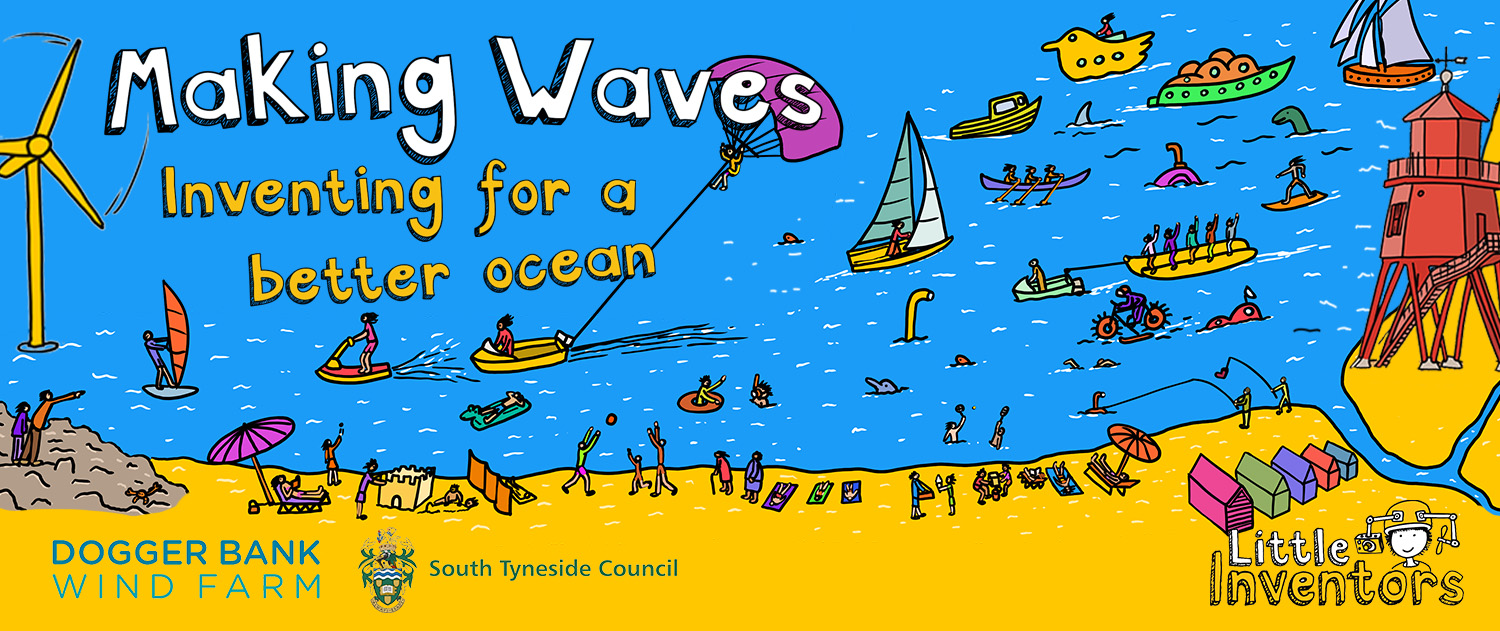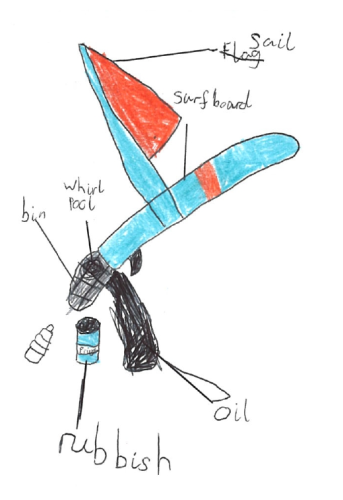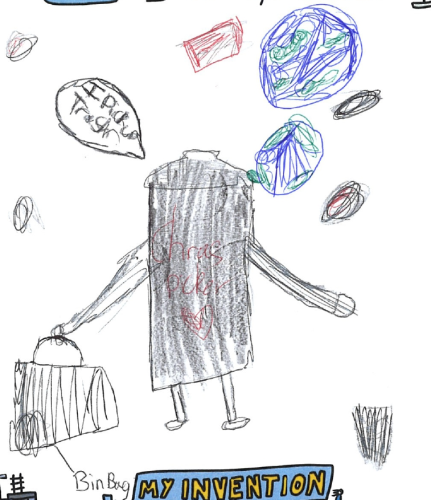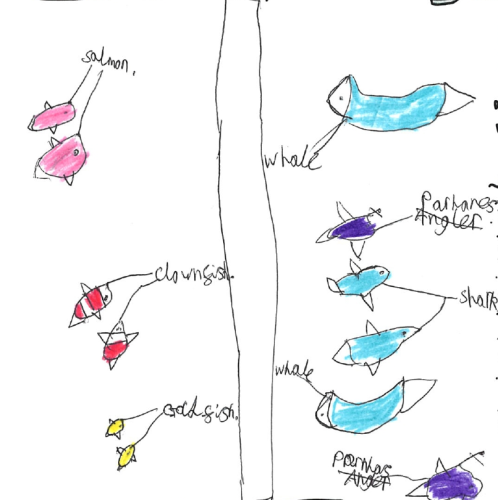Can your imagination change the world?
Find out more about the Making Waves challenge!
The ocean covers more than 70% of our planet, and is essential to all life on Earth. But human factors like overpopulation, travel, noise and industrialisation have taken their toll on life beneath the waves.
We need to build a better future for our oceans with science, invention, and innovation at the heart of it all. The more we understand our oceans, the better we can learn to look after them and bring them back to health.
That’s why we partnered with Dogger Bank Wind Farm and South Tyneside Council to bring you an invention challenge - Making Waves! Inventing for a better ocean.
We put together three different invention challenges, one for each Key Stage 1-3. So listen up, because we’re about to head out into the big blue!

Very Little Inventors, this one’s for you!
From the wacky wobbegong to the magnificent manta ray, the ocean is full of surprises great and small. Inventors have been inspired by life under the waves for as long as we can remember, from cars designed like fish, armour made like shells or homes in the shape of corals.
The underwater wonderland is full of invention inspiration and now it’s over to you to discover a whole world of awesome-ness and turn it into an unforgettable invention.
Can you invent something inspired by life under the sea?
How about a house that looks like a piece of coral? Or a piece of clothing that changes colour like a cuttlefish? Or something totally new and fin-tastic!
Challenge introduction video -
Invention challenge from marine biologist George Smith -

It’s time to dive into the big blue.
Surfing, sailing, water-skiing... there’s no end to the ways you can explore the ocean and the fun you can have doing it! But the way we travel really matters, as how we produce and use energy is the biggest reason for pollution on Earth. It’s the main cause of climate change. So we have to change how we live so we can take better care of our planet.
Let the ocean power your imagination and let’s start inventing for a better future!
Can you invent a new way to travel across the ocean or to have fun in the ocean that doesn’t use any electricity or fuel?
Think about human powered inventions that use no fuels such as skis, surfboards, catapults or bicycles. Could you combine two existing inventions or come up with something totally new?!
Challenge introduction video -
Invention challenge from RNLI Coxswain Mark Taylor -

We need your wisdom and creative energy!
Covering more than 70 percent of our planet, oceans are among the Earth’s most valuable natural resources. It’s full to the brim of incredible food, ingredients for medicines, inspiration and mysteries we haven’t yet unlocked. But time is running out as many habitats and sea creatures are dying because of human activities including noise and waste pollution. If we all help to look after the living things under the waves, they can carry on helping us too.
Did you know that dolphins rub themselves along the corals to help cure them of diseases? And corals are helping humans to develop new medicines that may even be able to treat cancer!
Can you invent something to help protect the health of our oceans?
Identify the source of a problem and come up with something truly innovative to solve it!
Here's the launch video to get started with the challenge!
Invention challenge from Emily Ross -
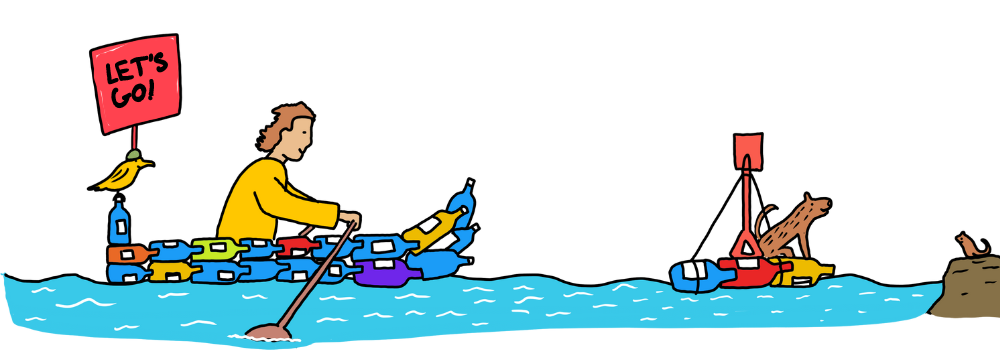
Resources
Key Stage 1 Resources
Download the full pack of resources for your Key Stage 1 students! The pack contains the invention sheet, activities and challenge cards. There is also a folder for teachers which includes teacher guidance, two powerpoint presentations and curriculum fit document.
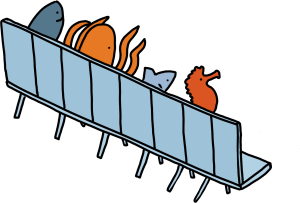
Key Stage 2 Resources
Download the full pack of resources for your Key Stage 2 students! The pack contains the invention sheet, activities and challenge cards. There is also a folder for teachers which includes teacher guidance, two powerpoint presentations and curriculum fit document.

Key Stage 3 Resources
Download the full pack of resources for your Key Stage 3 students! The pack contains the invention sheet, activities and challenge cards. There is also a folder for teachers which includes teacher guidance, two powerpoint presentations and curriculum fit document.
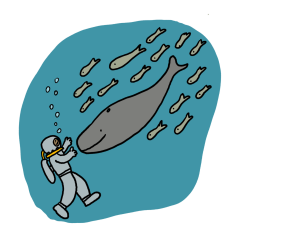
Key Stage 1 - Activated Powerpoint
This is a narrated version of the powerpoint to support learning for Key Stage 1

Key Stage 2 - Activated Powerpoint
This is a narrated version of the powerpoint to support learning for Key Stage 2
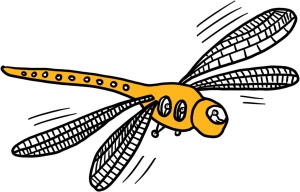
Key Stage 3 - Activated Powerpoint
This is a narrated version of the powerpoint to support learning for Key Stage 3
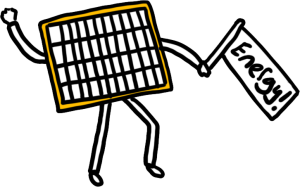
Go Further Materials
Once you've completed the core resources and uploaded your invention drawing it's time to take your idea further! These packs will help you to develop your idea, take your invention from 2D to 3D and even create your very own exhibition!
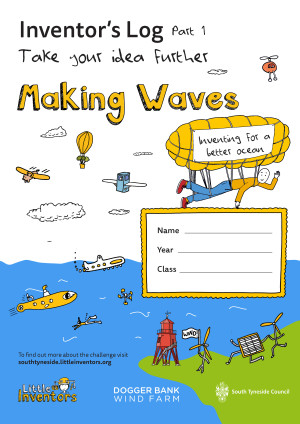
Classroom Exhibition Materials
Print out these exhibition materials to create your very own classroom exhibition. There are certificates you can award to your favourite invention ideas, a poster to stick up around school, a banner for the exhibition wall and invitations to let everyone know about your fantastic exhibition!
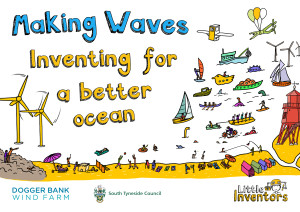
Prototyping Activity: Bottle Submarine Video
Have a go at this fun making activity to create your own submarine using recycling and materials that you have at home. Use it as a starting point for inventing new types of submarine inventions, or just to learn some great cardboard prototyping skills, or just for fun!
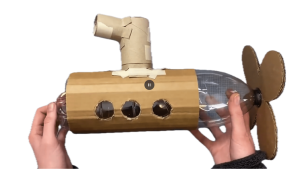
BE INSPIRED!
Full screenThe Power of Creativity
Before you get started with the challenge watch this inspiring video from our Chief Inventor Dominic Wilcox about how creativity changed his life and gave him the confidence to share his inventions with the world!
Look to the future
Full screenMeet Harriet
Has anyone ever asked you what you want to be when you grow up? Hear from Harriet Beattie about how she came to be working at the Dogger Bank wind farm and gets paid to help make the world a better place!
A job for ocean lovers
Full screenMeet Jamie
Now have a listen to Jamie Edwards tell us all about what he does for a living and why he loves it.

